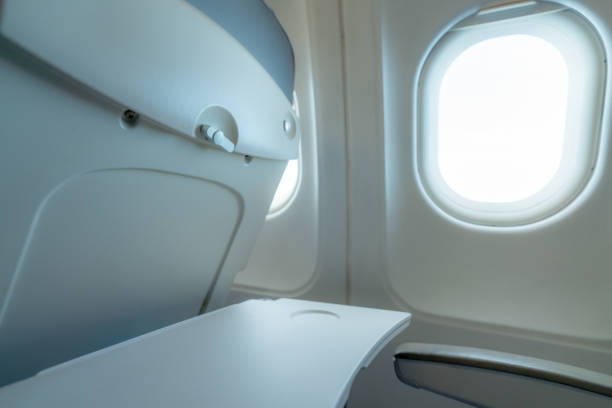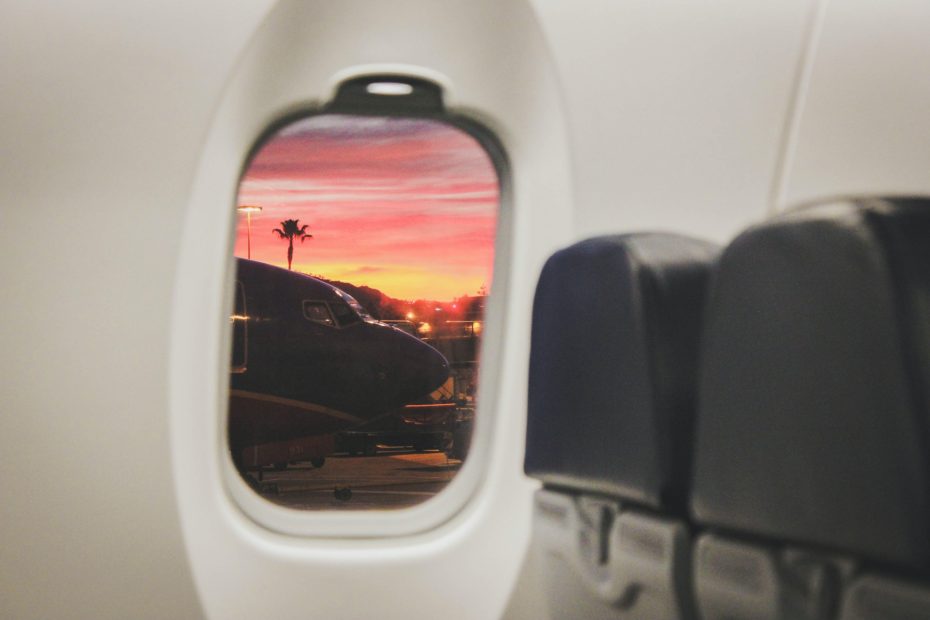Airlines have a common requirement for passengers to open their window shades during takeoffs and landings. While window shades are typically used for visibility and privacy, their open position serves a specific purpose during these critical phases of flight. By understanding the reasons behind this requirement, passengers can appreciate the importance of adhering to it.
- Eyesight Adjustment: During emergencies, time is of the essence, and swift passenger evacuation is crucial. By keeping window shades open, passengers’ eyes have an opportunity to adjust to the outside light. This adjustment is vital because exiting the airplane quickly becomes more challenging if passengers’ eyes have not acclimated to the bright and sunny exterior. By allowing passengers’ eyesight to adapt, airlines enhance the chances of a speedy evacuation during emergencies.
- Spotting Hazards: Opening window shades during takeoffs and landings enables passengers to assist in spotting potential hazards. While pilots have sophisticated control systems, additional sets of eyes scanning the airplane’s surroundings can be advantageous. Closed window shades limit passengers’ ability to see hazards, such as wing-related issues or potential dangers in the external environment. By maintaining open window shades, passengers can contribute to the early identification of hazards, alerting flight attendants promptly and minimizing the risk of injury.

- Tray Table Positioning: Similar to the window shades, the requirement to open tray tables during takeoffs and landings is linked to facilitating rapid evacuations in emergencies. Passengers are asked to fold their tray tables in an upright position to ensure unobstructed access to the aisle. With tray tables stowed away, the evacuation process becomes more efficient, allowing passengers to exit the airplane swiftly and safely.
The obligation to open window shades during takeoffs and landings serves practical purposes related to safety and emergency preparedness. Allowing eyes to adjust to outside light, enabling passengers to spot hazards, and ensuring proper tray table positioning are essential factors in enhancing evacuation times and reducing the risk of injuries. By complying with these requirements, passengers play an active role in contributing to a safer flying experience for everyone on board.
Ask figame.com for more info!
We’re here next to you 24/7.


